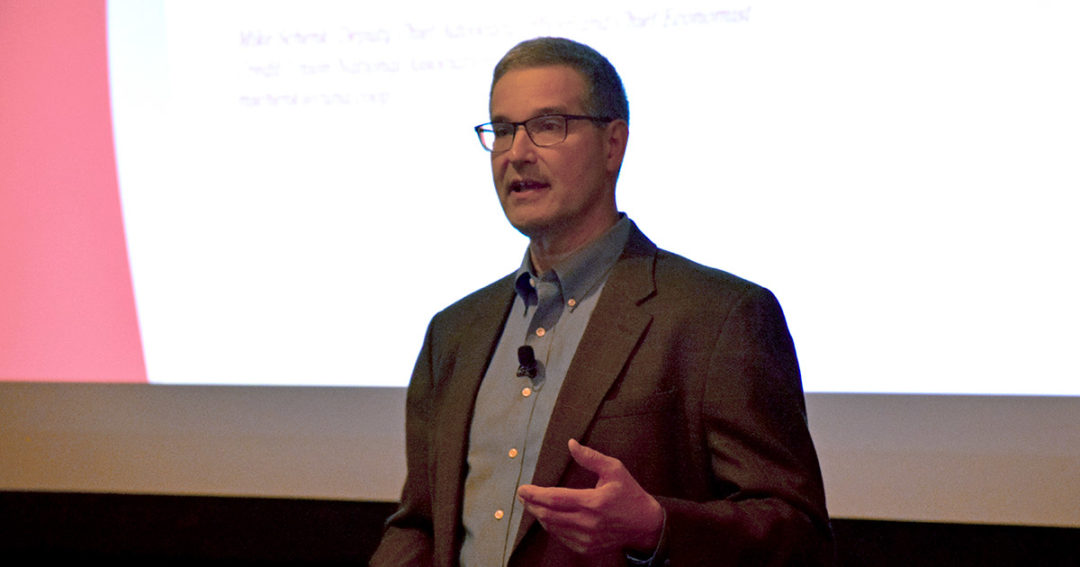
Economists ‘unsure about the future’
Traditional clues about the economy are breaking down.
Economists have a wide variety of metrics they typically use to gauge the future. But creating a 2020 economic forecast has proven to be the “diciest” yet for several reasons.
“In some important respects, we’re more unsure about the future than we’ve ever been,” says Mike Schenk, CUNA’s deputy chief advocacy officer and chief economist. “What makes the economy tick and the relationships we rely on for clues as to where the economy is going seem to be breaking down.”
Schenk provided an economic forecast at the 2019 CUNA Roundtable for Board Leadership in Phoenix.
While CUNA economists don’t expect a recession before 2021, Schenk can’t pinpoint an exact date as to when the next recession will take place. When it does occur, however, he expects it to be short and shallow and nowhere near as damaging and disruptive as the Great Recession.
While economists still analyze historically important economic relationships, Schenk says four factors are having a big impact on current economic forecasts:
1. Politics
Politics is having an outsize impact on international economic systems and financial markets. Schenk says the uncertainty and volatility brought on by the increased use of social media may be the new norm, and it will affect political and economic discourse and behavioral norms in the future.
This heightened uncertainty and volatility has a direct impact on business confidence, generally reducing overall investment activity. Plus, it threatens to have more obvious and similar impacts on consumer purchases and borrowing.
2. Demographics
Birth rates directly affect labor market growth, and the birth rate has steadily fallen to 11.8 live births per 1,000 in 2018—half the level seen in 1960. At the same time, the U.S. population is aging, with 15.4% now 65 or older, almost double the reading in 1960.
These trends, combined with related lifestyle changes, are having a stronger and more direct impact on consumer purchases and borrowing than previously assumed.
3. Technology
Advances in technology are having large effects on labor market composition and frequency of job disruption. That’s likely to become more pronounced in the future.
As a result, members experience less job security and more income variability. The effects of automation have been seen for decades in declining manufacturing employment, and the so-called “Amazon effect” is obvious in today's retail jobs data, Schenk says.
4. Consumer financial health
While 75% of people now report they are “living comfortably” or “doing OK,” Schenk says 39% still don’t have $400 saved for an emergency and 25% don’t have a retirement or pension plan. Income inequality—gaps due to generations, education, and race—are at a 50-year high and trending up.
That’s shocking against the backdrop of a 3.5% unemployment rate, fast-rising wages, and the longest economic expansion in modern U.S. history.
“These trends are putting more substantial strain on economists’ ability to rely on traditional economic relationships and tried-and-true metrics—making it more difficult to peer into the future than at any time in the recent past,” Schenk says.